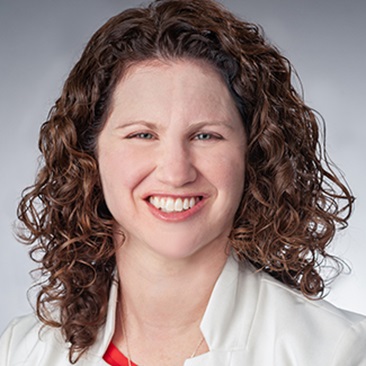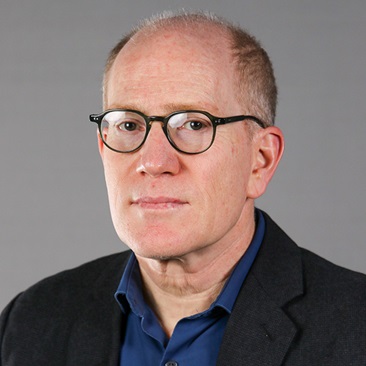Silverstein Discusses Elder Care and Stepfamilies in New York Times Article
August 12, 2024
The New York Times
The number of American stepfamilies has steadily risen over the last several decades and sociologists and researchers now worry about a “step gap” that could affect elder care. Given the country’s dependence on family caregivers, the gap could strand many seniors who need help.
The proportion of older adults in second or later marriages climbed from 19 percent in 1980 to 30 percent in 2015, according to a study published in the Journals of Gerontology. The number of older adults cohabitating, whose family ties also generally prove less close, has soared as well.
“When divorces occur later in life and children are adults, it really changes the equation,” says Merril Silverstein, professor and chair of sociology and Marjorie Cantor Endowed Professor in Aging.
As parents age, “there’s a lot of negotiation and uncertainties,” Silverstein says. “Who has the right to make decisions for stepparents becomes murky.” Such families can experience what’s called “role ambiguity,” he says, creating doubts about “what the social expectations are.”
Read more in the New York Times article, “When Elder Care Is All in the Stepfamily.”
Related News
Commentary

Dec 3, 2025
Commentary

Dec 2, 2025


